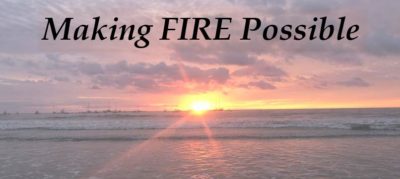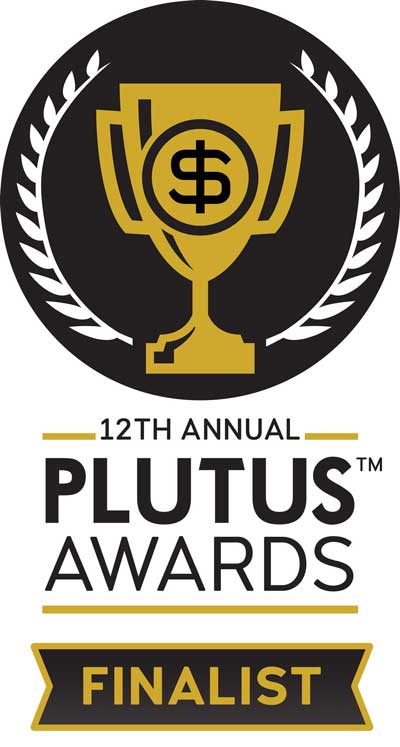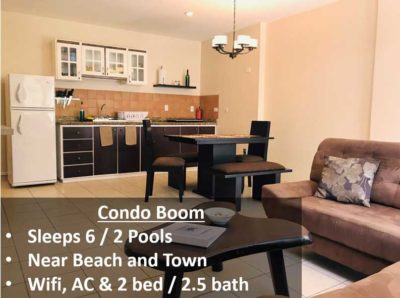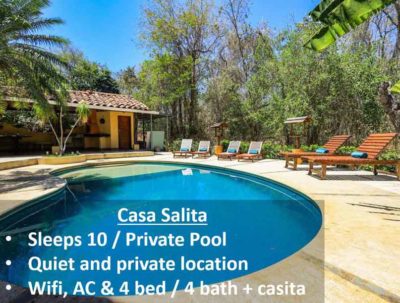We rebalance our paper assets regularly — twice a month for investments in our tactical asset allocation bucket, more frequently for a small amount (~5%) that Scott actively trades and less frequently for an equally small amount of individual stocks we hold for the long-term. With real estate, we have so far treated it as a long-term buy-and-hold proposition and really only look at selling on a case-by-case basis for property-specific reasons – e.g., selling our Indianapolis portfolio in 2019. However, a variety of factors are making us reconsider whether to hold, sell or refinance.
What Is Equity in Rental Real Estate, and Why Does It Matter for FIRE?
Equity in rental real estate is the value of the properties net of mortgages. For example, a rental unit valued at $200,000 with a $100,000 mortgage would have $100,000 in equity. We have nine properties and four mortgages. With the post-Covid uptick in appreciation, plus the fact that we were conservatively leveraged to begin with, we’re sitting on an equity amount that itself could be a Lean FIRE number. I’m reconsidering whether keeping that equity locked up in illiquid real estate is the best use of that money.
When Selling Your Rental Property Makes Sense for FIRE
Selling may make sense for us now so we can truly “FIRE”. We hit our target FIRE number seven years ago, but we haven’t fully retired. Instead, we work on passion projects, and luckily this work-as-play, along with geo-arbitrage (we moved to lower cost Florida from New York) have been enough to fund our lifestyle. Except for some ad hoc instances (e.g., doing some refurbishing of our primary residence), we don’t systematically divest our assets to cover our expenses.
Now, however, I would like to do more slow travel, like the 24-day Ireland, Spain and Portugal trip we took last year. Scott would like to spend more time on active investing. This means less of our paying work, even the parts we enjoy. Maybe I’ll figure out how to have more of our travel fund itself (our Costa Rica escape doubles as a rental investment), but in the short-term, the travel we want is an expense, not an investment. Real estate was a big contributor to the FI (financial independence) part of our FIRE journey, and the equity could now help us with the RE (retire early) part.
Three Ways to Access Rental Property Equity: Sell, Hold, or Cash-Out Refinance
We could access rental property equity by selling off our properties outright. But selling is expensive — agent fees take 5%, loss of rents and other turnover costs take another bite and capital gains taxes on the appreciation cost 15-20% of the remaining profit. Selling would enable us to tap the equity and reinvest it, but we lose a significant amount of the equity in the sale.
In some markets where we got in at low prices, such as Tamarindo in Costa Rica and Asheville in NC, we couldn’t get these deals back if we changed our minds. In that way, selling the real estate is a Type 1 decision (hat tip to Jeff Bezos in his discussion on risk to Amazon shareholders).
Why Holding and Leveraging Appreciation Might Be the Best Long-Term Move
Holding enables us to benefit from future appreciation. In addition, we have two kids, and real estate is an income stream they could inherit as insurance if (when?) AI takes their jobs. Our tenants are paying down the mortgages, so when the properties are free and clear, that mortgage payment becomes another income stream on top of the real estate profits. Finally, there’s the inflation hedge we get, as rents typically rise with the market.
How a Cash-Out Refinance Can Boost Your FIRE Journey Without Selling
A cash-out refinance for one or more of our properties would enable us to tap into equity without having to sell. I thought seriously about refinancing again because there is a new mortgage option for US buyers in Costa Rica! Second Street offers cash-out refinances up to 65% of the property value, with a minimum loan on $200,000.
Our condo has more than doubled in value since we bought it seven and a half years ago. We don’t want to sell, but we’d like to access that money. A cash-out refinance would enable us to tap the equity – and add it to our liquid FIRE stash – without having to sell. A major downside is that refinances aren’t cheap. While Second Street offers 30-year, fixed rate loans with no pre-payment, the rates are over 9%. The loan costs would be thousands of dollars, including the origination fee, application fee, attorney fee and other closing costs. I’ve inquired about refinancing our rental properties in the US, and the rates and costs are similar.
Final Thoughts: Making the Most of Your Rental Property Equity to Achieve FIRE
Right now, we’re holding overall and selling on a case-by-case basis. For example, we have a rental condo in Florida, where the insurance and HOA costs have gone up faster than the rents. The unit has appreciated to almost three times what we initially paid for it, so we probably have made all the money we’re going to make from appreciation for the near-term. We thought our kids might want it – a 3-2 with split bedroom layout in a walkable, trendy part of Jacksonville! – but they’re not long-term in Florida.
To make the most of this rental property, we should sell it and reinvest the equity into other assets. This could be another rental elsewhere, where the rental profits would be stronger and there’s still some appreciation to be had. More likely, it’s in a paper investment that’s more liquid and easier to move around or tap – since we’re now more on the Retire Early part of our FIRE journey.
Our plan is to list in July – we’ll post an update in a future blog!
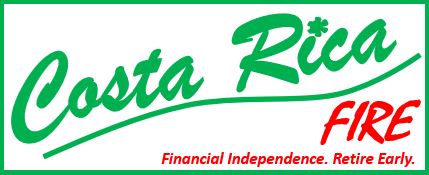

 We are Scott and Caroline, 50-somethings who spent the first 20+ years of our adult lives in New York City, working traditional careers and raising 2 kids. We left full-time work in our mid-40’s for location-independent, part-time consulting projects and real estate investing, in order to create a more flexible and travel-centric lifestyle.
We are Scott and Caroline, 50-somethings who spent the first 20+ years of our adult lives in New York City, working traditional careers and raising 2 kids. We left full-time work in our mid-40’s for location-independent, part-time consulting projects and real estate investing, in order to create a more flexible and travel-centric lifestyle.  Financial independence and early retirement is not something we originally focused on, but over time realized it was possible. Our free report,
Financial independence and early retirement is not something we originally focused on, but over time realized it was possible. Our free report, 



